Chimneys need to be cleaned at least once a year or three times per year when using the fire daily or burning solid fuels such as wood and coal. Cleaning prevents a dangerous build-up of soot, which can lead to chimney fires.
Step 1 Prepare Surrounding Area
Remove all items from in front of the fireplace, moving back any furniture as much as possible. Cover furniture and other dust-sensitive items in the room with an old sheet as chimney sweeping will create a very fine airborne dust.
Step 2 Lay Tarpaulin
Roll back any rugs and lay down a tarpaulin or heavy floor covering in front of the fireplace.
Step 3 Remove Grate & Clean Fireplace
Note: do not operate an open flame in the area during chimney cleaning, as the dust is potentially flammable. Wearing your dust mask and protective gloves and eyewear, remove the surrounds and grate from the fireplace. Taking care not to breathe in soot or creosote dust, shovel out any ash or debris from the fireplace.
Step 4 Inspect Chimney
Use a torch to look up the flue. If there is a damper fitted to your flue, you will need to ensure it is open; use the damper handle to push the flap back and lock it open. Check for any animals or birds that may have taken up residence. Inspect for any cracks or missing firebricks and take remedial steps if damage is found. The lining of your flue is important to prevent gas or smoke escaping. Check the thickness of any creosote build-up using a blade or scraper; if it is more than 3mm thick, it is definitely time for a clean. Look for any “glazed” creosote deposits further up the flue; these are particularly flammable once ignited. If the creosote layer is very thick and hard you may need to hire a professional chimney sweep who will have specialist equipment.
Step 5 Select Chimney Brush
Determine the size and shape of the flue. It should be either square or round, 6 inch or 8 inch. Determine the height of the chimney. If you're guessing it is better to overestimate, so you have more than enough rods to allow the chimney brush to reach the entire length of the chimney. Choose the correct size chimney brush and attach it to one rod. Push the rod up the flue until the bottom end of the rod is in the middle of the fireplace.
Step 6 Set Up Dust Control
This step is optional but highly recommended. Use masking tape to attach a dust sheet or cardboard to the fireplace surround. Seal it all around except for the bottom edge which you should roll up and weigh down to make a seal. Cut a 6 inch slot in the dust sheet with a scissors for the end of the rod to come through.
Step 7 Add More Rods & Start Scrubbing
Through the hole in the dust sheet or cardboard, attach another rod to lengthen your chimney brush. To prevent rods unscrewing and become lost in the chimney, use a slight clockwise movement as you push, and never twist the brush anti-clockwise. With a hard and vigorous thrust, scrub the flue with the brush, adding more rods as you proceed up the flue.
Step 8 Withdraw Brush & Remove Soot
You will know you have reached the top of the chimney when you feel a sudden reduction in friction and effort. Withdraw the brush unscrewing one rod at a time. As you unscrew the last rod, let the brush fall into the soot pile that now lies at the bottom of the fireplace. Lift the bottom of the dust sheet or cardboard covering, remove the brush and carefully shovel the pile of soot into a metal bucket.
Step 9 Vacuum & Finish
An ash vacuum will make the clean-up easier. Reassemble the grate and surrounds, and shake out sheets or coverings outside. Soot can be disposed of by burial, as although it is flammable it is non-toxic and environmentally friendly. Hard deposits of creosote are corrosive and more toxic, however they can be buried too. Any edible plants in your garden will not absorb creosote, and when you eat the fruit or vegetables they produce, they will not contain the chemicals present in creosote.












_1350.png)